Car Insurance Rates See Largest Annual Increase in Nearly Five Decades: Here’s Why
Across the United States, car insurance policyholders have been greeted with an unexpected and significant hike in their premiums.
This surge, the largest witnessed in nearly half a century, as the rates have soared by 19% compared to the previous year.
National and Regional Trends
Across the United States, car insurance rates have increased by 19% in the past year, representing the largest year-over-year jump since 1976.

Source: Lance Asper/Unsplash
However, the state of Florida has been particularly affected due to its exposure to extreme weather events.
The Florida Challenge
Florida is grappling with a unique situation. The increase in extreme weather episodes means insurance companies are facing higher claims, leading to increased losses.
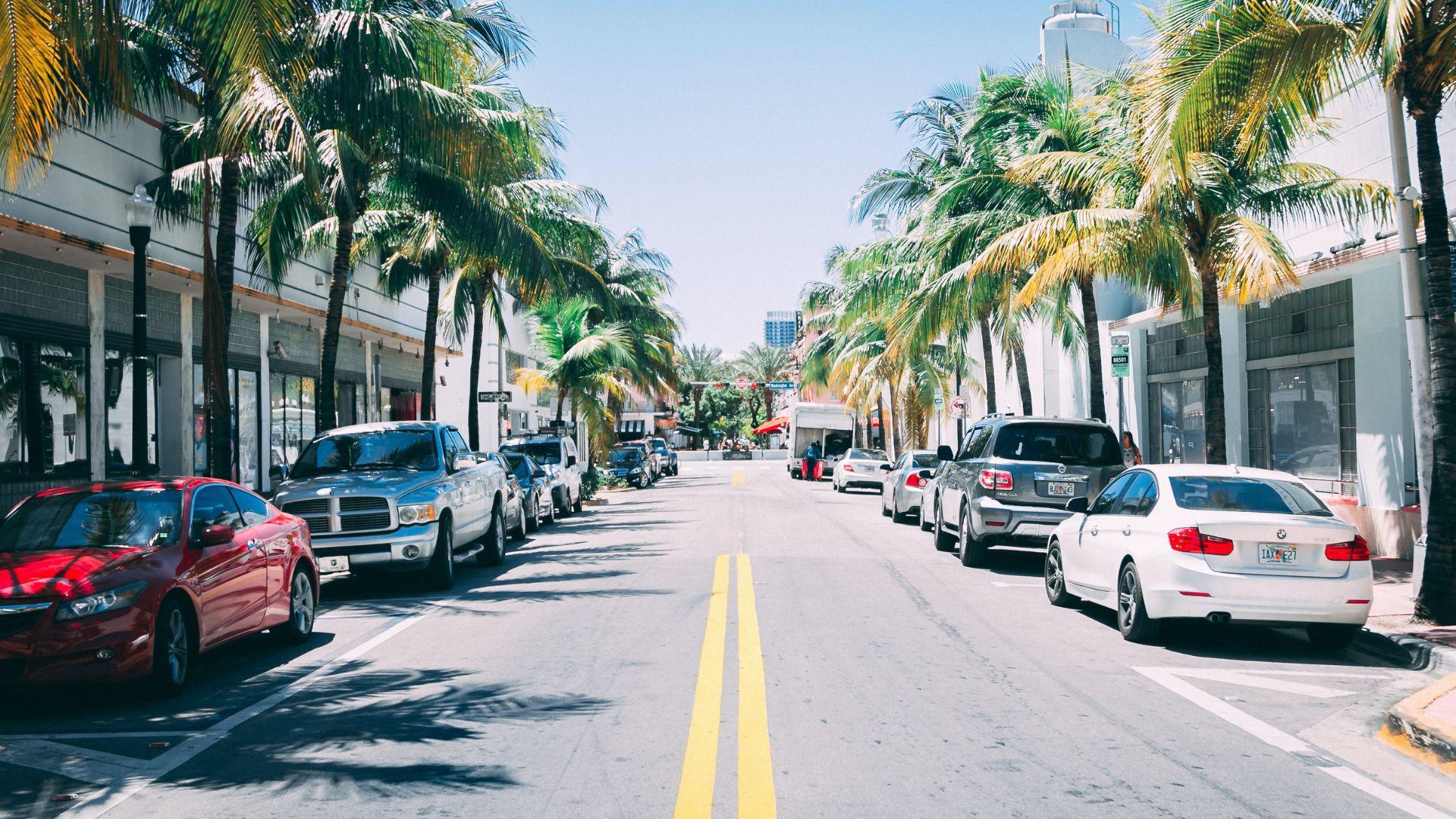
Source: Matt Alaniz/Unsplash
In response, many insurance firms have either hiked their rates or considered withdrawing their services from high-risk states.
A Personal Perspective
Kyle Barone, a resident of Jacksonville, Florida, has personally experienced this surge. In 2020, he paid $140 a month for car insurance.

Source: Chase Baker/Unsplash
By 2021, his rate had climbed to $278 a month, even after modifying his coverage to seek a more affordable rate.
Broader Impacts in Florida
Barone’s experience is not isolated. Many Florida residents, regardless of the type or value of their vehicle, are seeing similar increases.

Source: Getty Images
For instance, a report cited an almost doubled insurance rate for a 2022 Porsche Taycan within six months.
Underlying Reasons for the Surge
Barone’s communication with his insurance company, USAA, revealed that recent hurricanes in Florida were a significant factor in his rate increase.
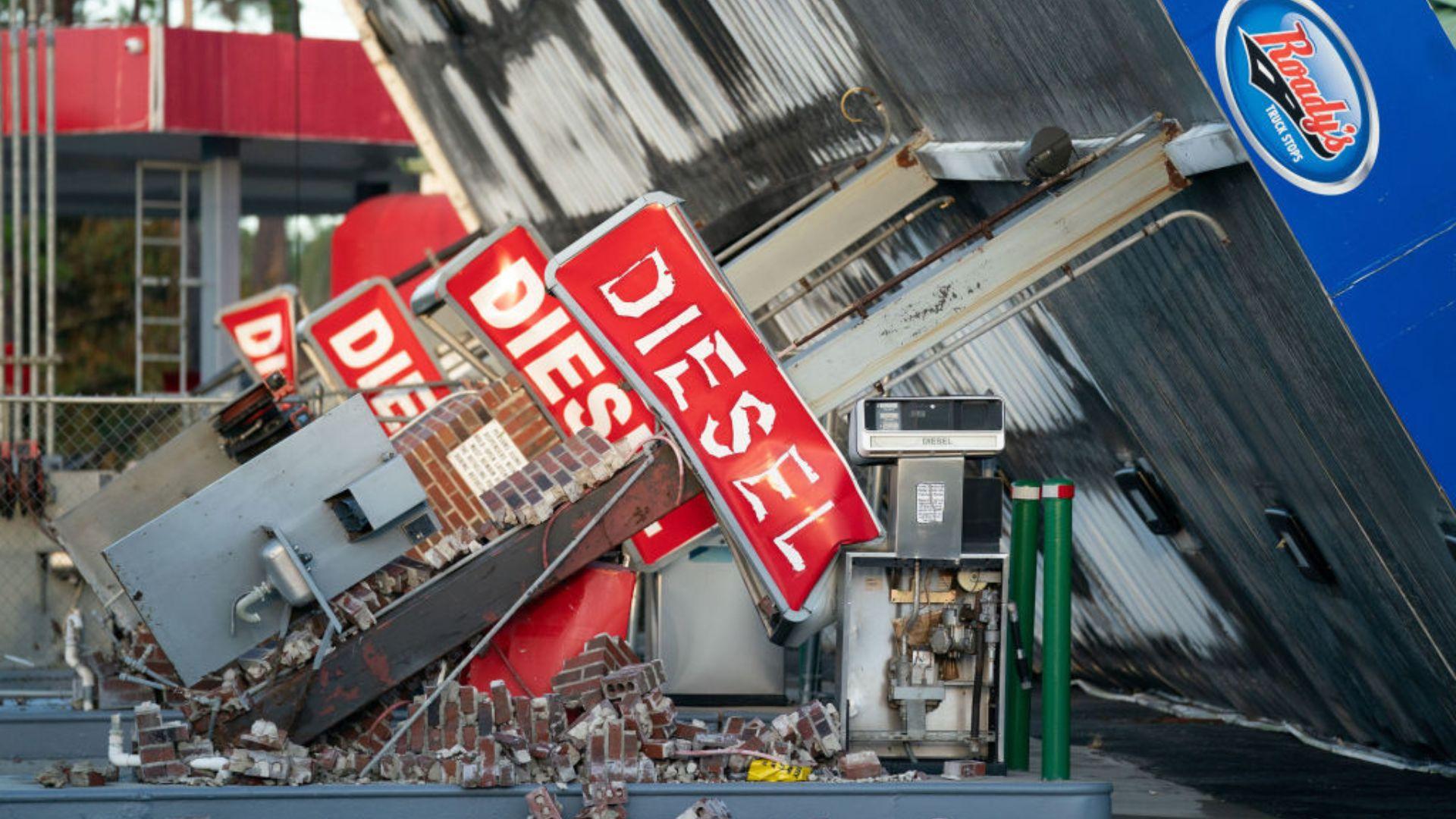
Source: Getty Images
While shopping for alternative options, Barone found that other insurers presented similarly high quotes, indicating a broader trend in the industry.
The Sunshine State’s Insurance Landscape
The adverse weather conditions, such as Hurricane Ian, have compounded the insurance challenge in Florida.
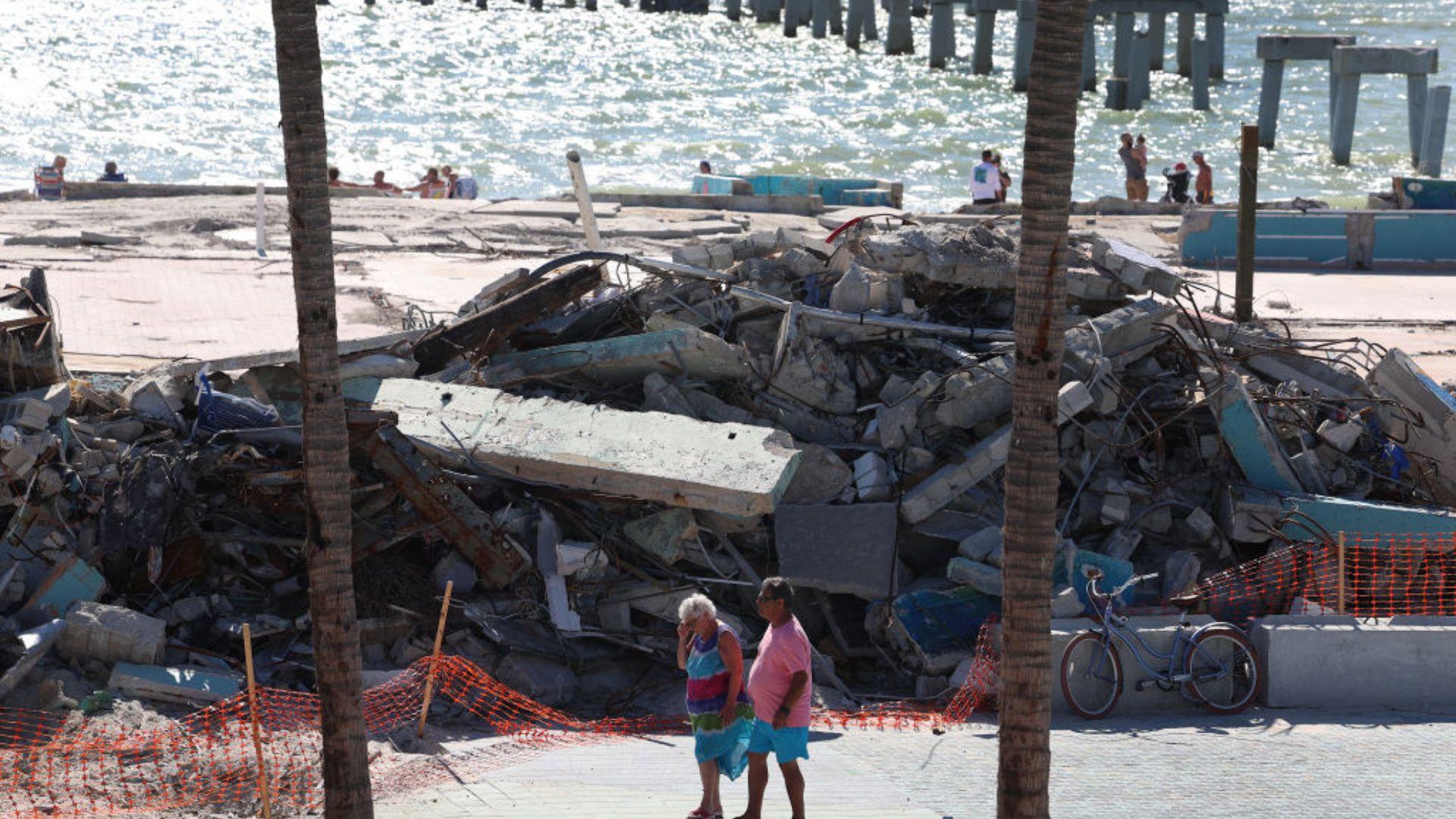
Source: Getty Images
Currently, drivers in Florida pay an average of $3,183 a year for full-coverage policies, marking a 15% increase from the previous year, making it the most expensive state for car insurance.
Ripples Beyond Florida
This rise in rates raises questions: Are drivers in states without recent extreme weather events also bearing the cost of these increases?

Source: Mike Von/Unsplash
Darnell Coates-Clark from Baltimore faced a 33% hike in his insurance rate, even though Maryland hasn’t recently experienced extreme weather.
Industry Insights
Upon investigating the reasons behind such rate increases, Ryan Ankrom, a spokesperson for Nationwide, emphasized that inflation and supply chain costs were primary factors.
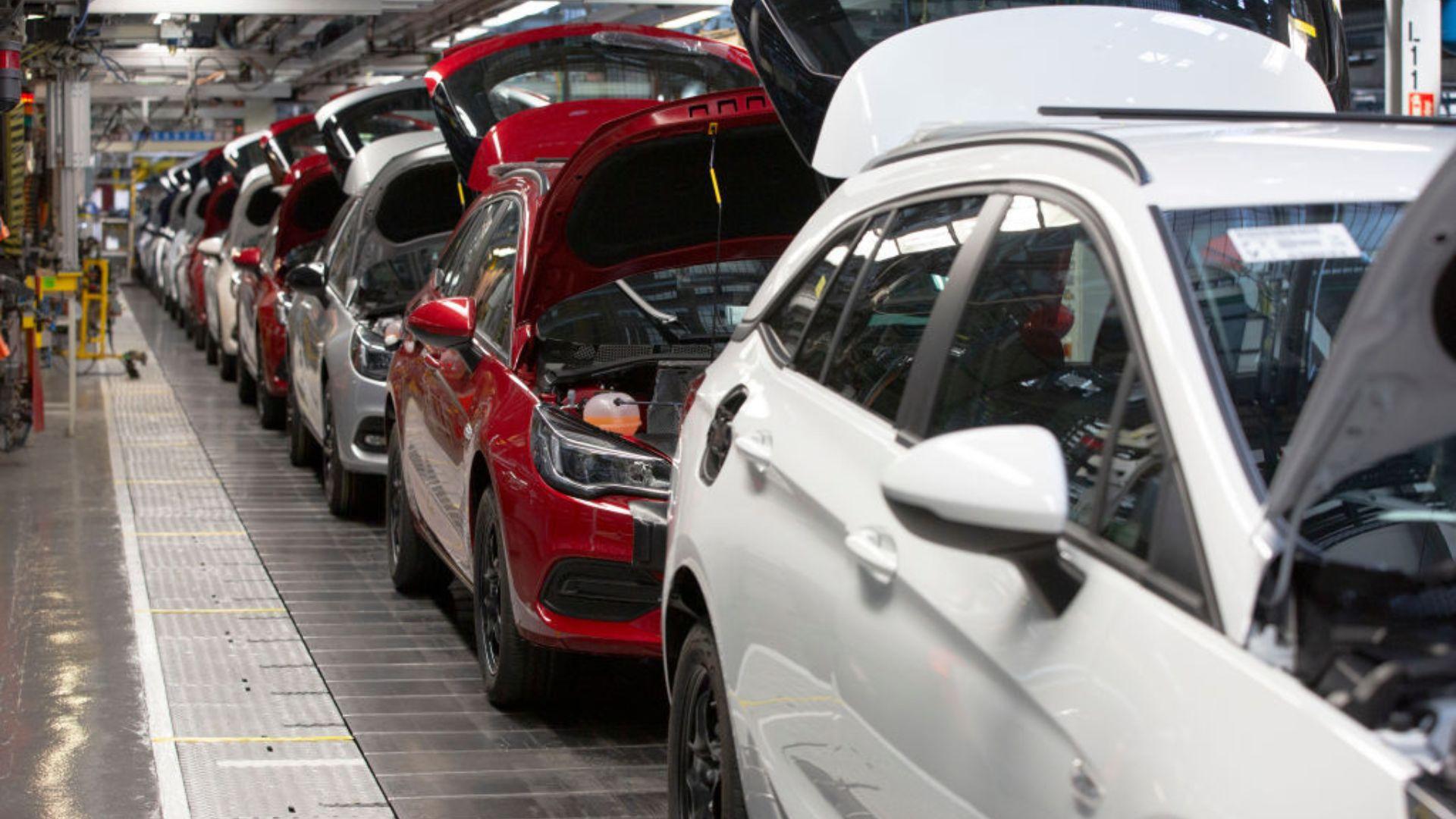
Source: Getty Images
However, how credit scores influence these rates remains a point of discussion within the industry.
Multifaceted Factors Affecting Rates
Further insights from industry experts suggest that the hike in car insurance rates is influenced by several factors.

Source: Kenny Eliason/Unsplash
Increased vehicle prices, coupled with rising repair and medical costs, have had a significant impact. Additionally, 2022 saw auto insurers lose an average of 12 cents for every dollar of premium.
Behavior and Insurance Costs
Traffic behavior has also been identified as a contributing factor. 2021 recorded a 16-year peak in traffic-related fatalities, indicating riskier driving behavior.

Source: Egor Litvinov/Unsplash
Robert Passmore from American Property Casualty Insurance Association noted that extreme weather has a relatively minor role in rate increases.
State-Based Insurance Policies
The way car insurance rates are affected by extreme weather events, especially for residents outside impacted states, is complicated. Typically, auto insurers price their plans based on individual state losses.
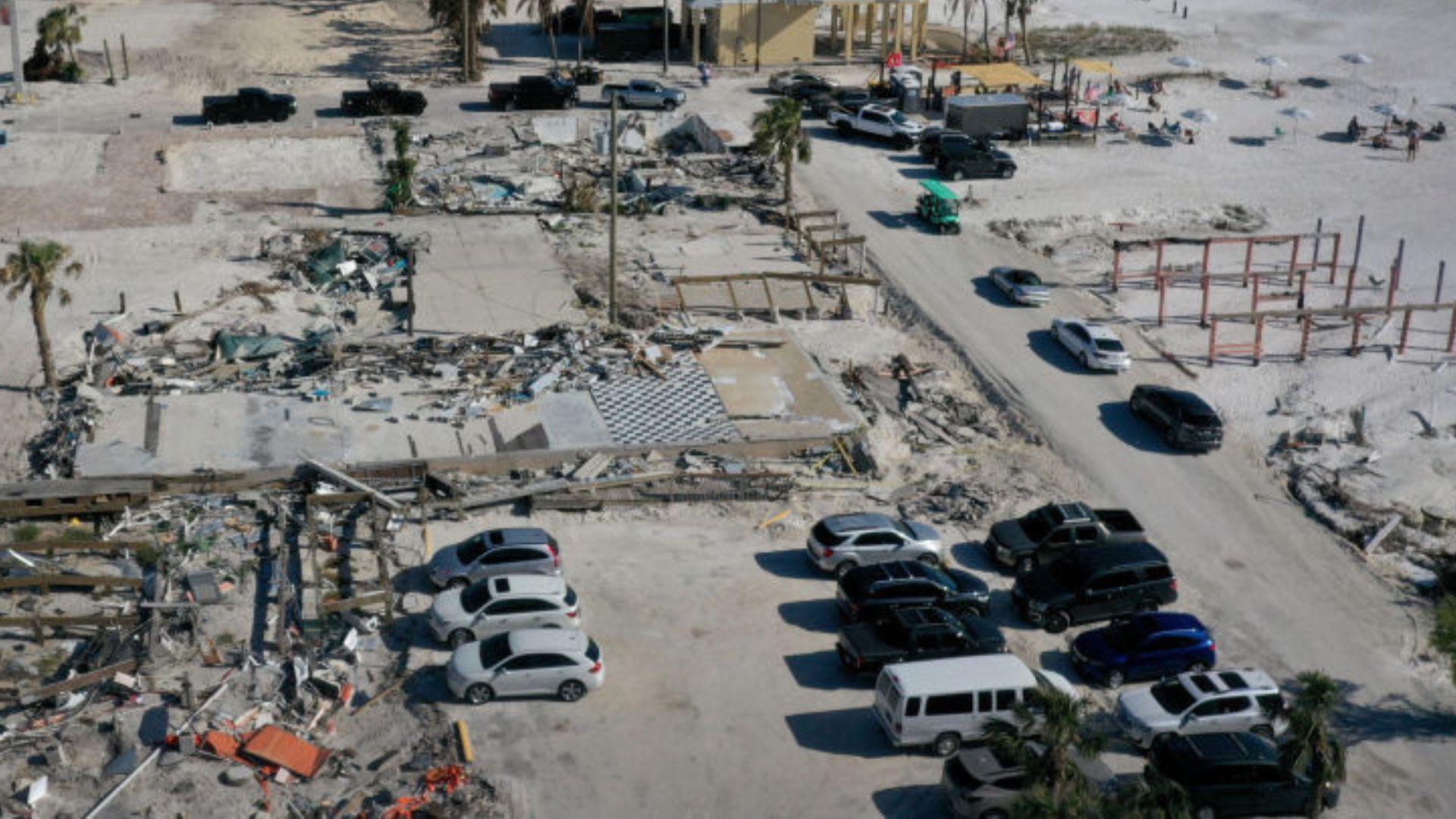
Source: Getty Images
However, the dynamics of the reinsurance market, which acts as a safety net for insurers, might have indirect implications for customers nationwide.
